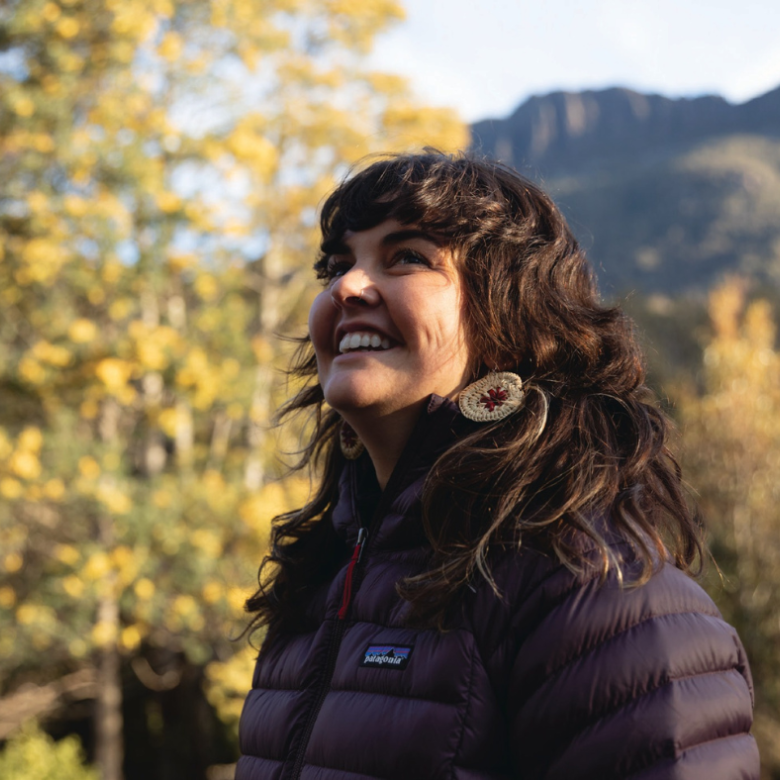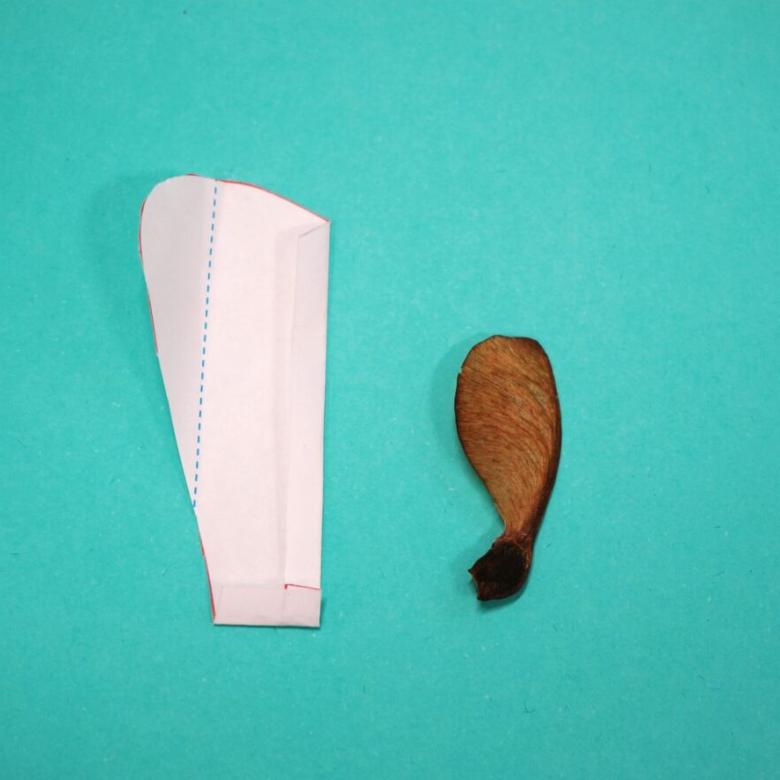You'll need
- Reflective objects such as mirrors, TV screen, a metal spoon, kitchen foil or the back of a CD
- Objects to test such as a torch, toys, people
What to do
- Hold an object in front of a mirror and observe the reflection.
- Describe what the reflection looks like.
- Experiment with ways to make the reflection change.
- Identify any lines of symmetry where half of the object is reflected to make it look whole.
- Test other reflective surfaces around your house.
- Compare the reflection on a mirror to other types of reflective surfaces.
Questions to ask
- How many mirrors can you find around the house?
- What important jobs do these mirrors help us do?
- Where else do you see reflections?
- What is similar between these reflective surfaces?
- How can you make half an object look whole using it's reflection?
What's happening
Mirrors and other smooth surfaces reflect light. Light bounces off objects in all directions. If this light then hits a mirror, it bounces off the mirror and reaches our eyes, causing us to see a reflection of the object.






